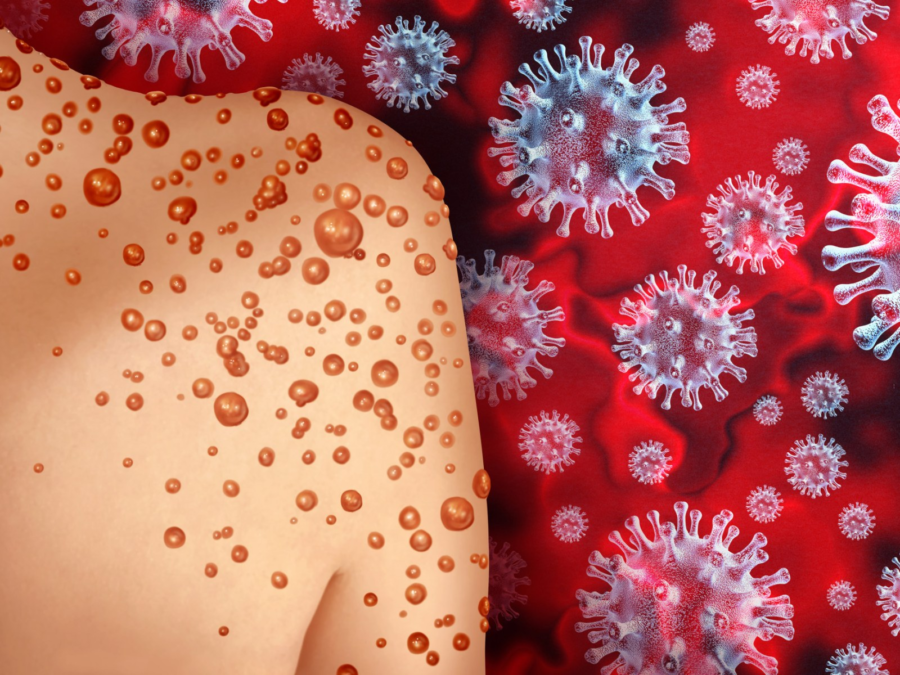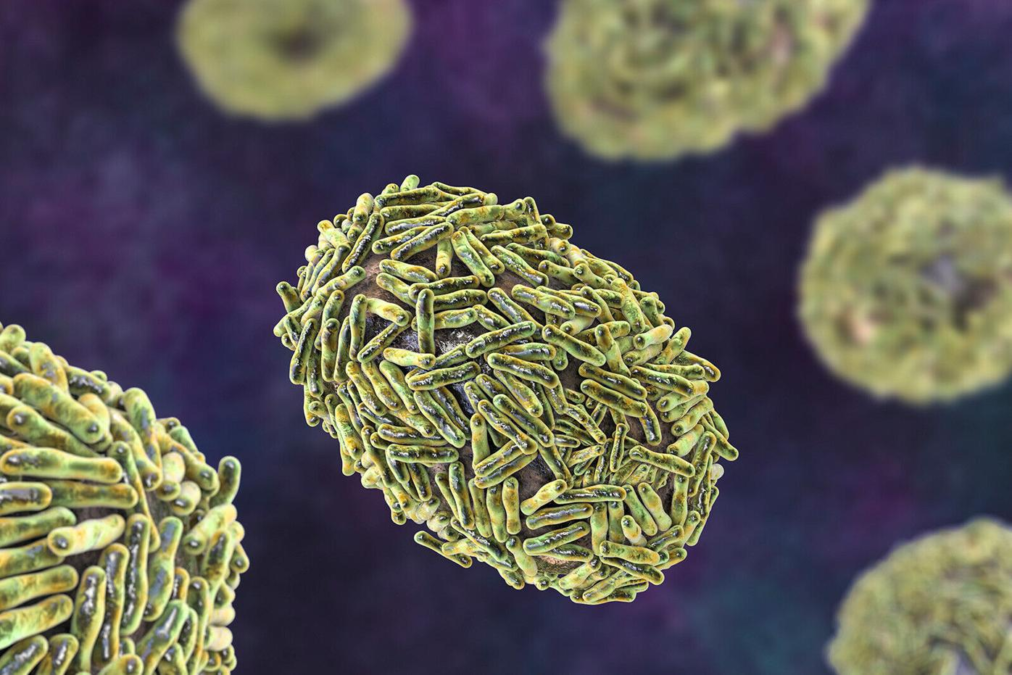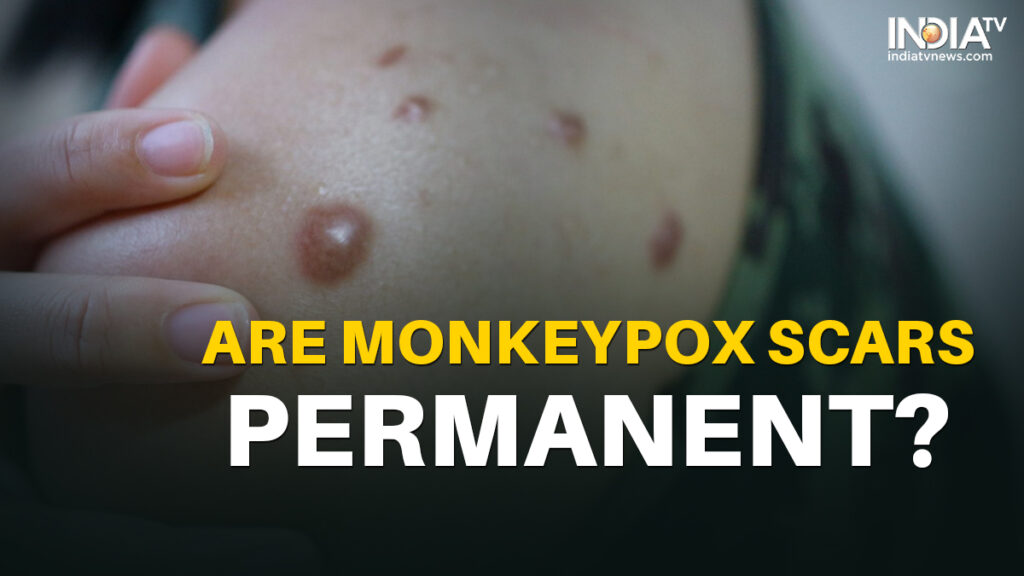Monkeypox can be a challenging experience, and for many, the battle doesn’t end once they recover. The scars left behind can be a lasting reminder of the infection. But why do these scars form, and what can you do about them? In this guide, we’ll explore everything you need to know about monkeypox scars and how to care for your skin after recovery.
What Causes Monkeypox Scars?
Monkeypox is a viral infection that causes a rash with lesions, similar to smallpox but usually milder. As these lesions heal, they can leave scars behind. This happens when the skin experiences deep damage, monkeypox scars causing it to repair itself with fibrous tissue. Scratching or picking at the scabs can also increase the chances of scarring.
The extent of scarring depends on several factors, including the severity of the infection, skin type, and how well the healing process was managed. Some people may notice small, faint marks, while others might have deeper, more noticeable scars.

Are Monkeypox Scars Permanent?
One of the most common concerns is whether these scars will fade over time. The good news is that many monkeypox scars improve with time, especially if they are superficial. However, deeper scars may take longer to heal and might not completely disappear without treatment.
The body naturally works to repair damaged skin, but the process can be slow. Factors like age, genetics, and skincare routines all play a role in how well your skin recovers.
How to Prevent Scarring During Recovery
Preventing scars starts with proper care while the rash is healing. Here are some key tips:
- Avoid Scratching – It’s tempting to scratch itchy lesions, but this can cause deeper wounds and increase the risk of scars. Try using anti-itch creams or cool compresses to soothe irritation.
- Keep the Skin Moisturized – Hydrated skin heals faster. Use gentle, fragrance-free lotions or natural oils like coconut oil to keep the skin soft.
- Let Scabs Fall Off Naturally – Picking at scabs can interfere with monkeypox scars the skin’s healing process, leading to more prominent scars.
- Protect Your Skin from the Sun – UV rays can darken scars, making them more noticeable. Use sunscreen to prevent discoloration and aid the healing process.
Effective Treatments for Monkeypox Scars
If scars remain after recovery, several treatments can help reduce their appearance. The best approach depends on the severity and type of scarring.

Over-the-Counter Treatments
Many creams and serums contain ingredients that can help fade scars. Look for products with:
- Vitamin C – Brightens skin and reduces pigmentation.
- Retinoids – Encourage skin cell turnover and smooth out rough texture.
- Silicone Gels – Help flatten raised scars over time.
Natural Remedies
Some people prefer natural treatments. While results vary, these options may be worth trying:
- Aloe Vera – Known for its healing properties, aloe vera can help soothe and lighten scars.
- Honey – Contains antibacterial properties that aid in wound healing.
- Lemon Juice – Acts as a natural skin brightener, but should be used with caution as it can make skin more sensitive to sunlight.
Medical Treatments
For deeper scars, medical procedures may provide better results. Dermatologists offer treatments like:
- Chemical Peels – Remove the top layer of skin to reveal fresh, new skin underneath.
- Laser Therapy – Targets deep scars and stimulates collagen production.
- Microneedling – Encourages skin repair by creating tiny micro-injuries that boost collagen growth.
How Long Does It Take for Scars to Fade?
The healing process varies from person to person. Some scars begin to fade within a few months, while others may take a year or more. Consistent skincare and treatment can speed up the process, but patience is key.
If you don’t see improvement after several months, consider consulting a dermatologist for personalized advice. They can recommend professional treatments that may work better for your skin type.
Boosting Confidence After Monkeypox Scars
Scars can impact self-esteem, especially when they are on visible areas like the face or arms. While treatments help improve appearance, it’s also important to focus on self-confidence.
Remember that scars are a natural part of healing. They show that your body has fought through an infection and recovered. If you feel self-conscious, try makeup or tinted moisturizers to cover scars while they fade.

Final Thoughts
Monkeypox scars can be frustrating, but they don’t have to be permanent. With the right skincare routine and treatments, you can improve their appearance and feel more confident in your skin. Whether you choose natural remedies, over-the-counter solutions, or professional treatments, consistency is key.
Healing takes time, but with patience and care, your skin will continue to improve. If you ever feel uncertain about your scars, a dermatologist can guide you toward the best options for your skin type. Your journey to clearer skin starts with understanding and taking the right steps today.
About The Author
You may also like
-
Target Credit Card Login for Men: A Complete Guide
-
Exploring the Macon Telegraph: A Pillar of Journalism in Georgia
-
Exploring alan tudyk left eye Left Eye: The Actor’s Unique Trait
-
Exploring the Delicious World of Geek Bar Flavors
-
Exploring the New Balance 9060: The Perfect Blend of Comfort and Style

